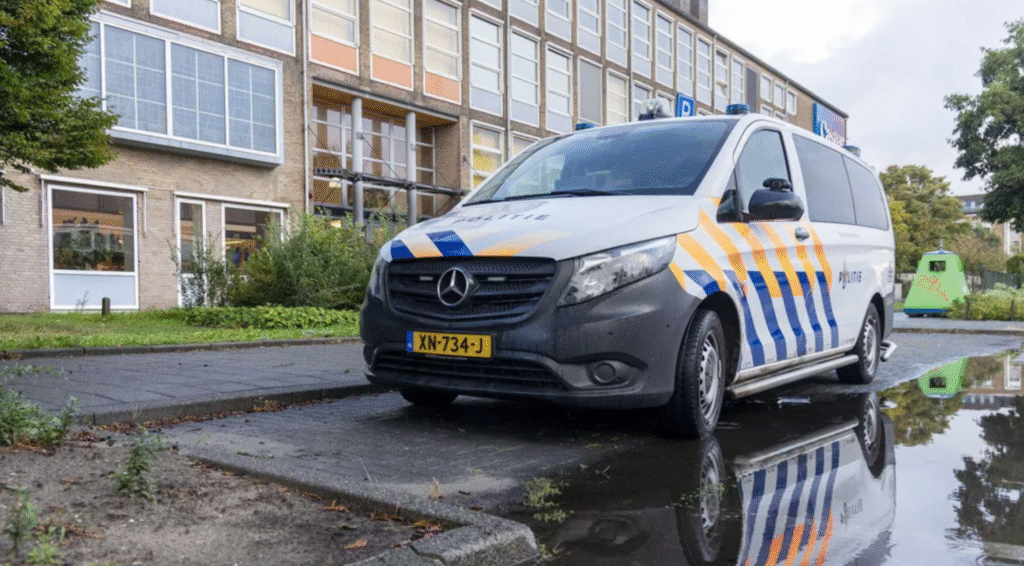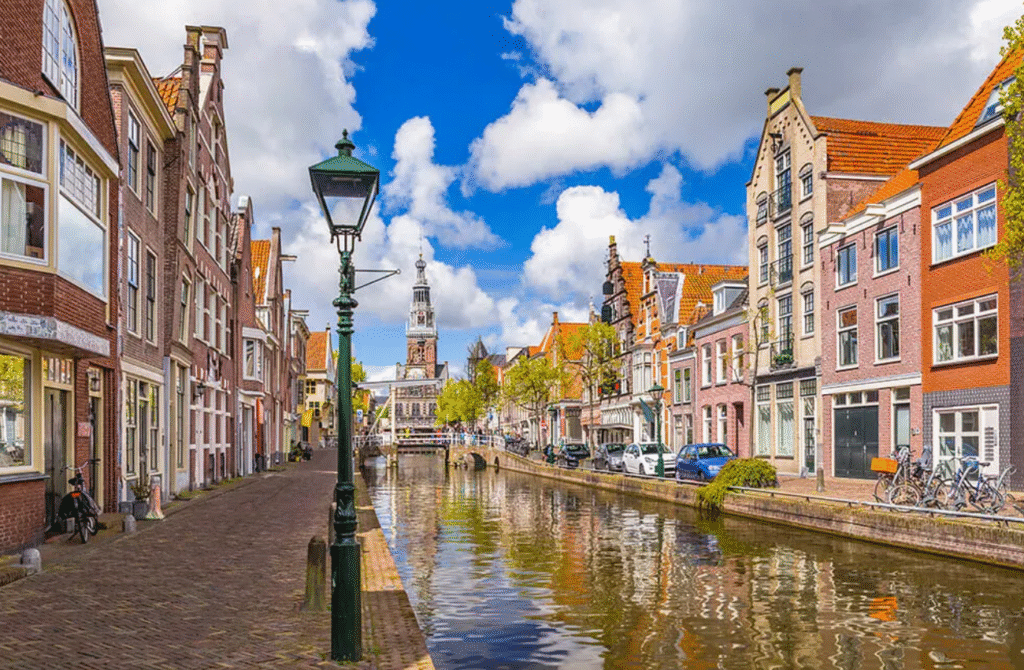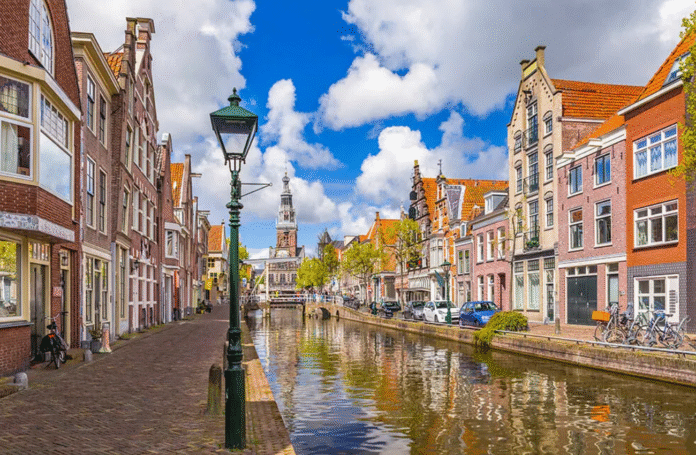School Violence Netherlands: Why Two Towns Closed Their Schools
The crisis of school violence Netherlands has reached alarming levels, forcing secondary schools in two Dutch towns, Beverwijk and Heemskerk, to shut down. On Friday, all five schools closed their doors after weeks of disturbing incidents that shook the community.
The closures came after violent brawls, disturbing abuse videos, and even AI-generated clips of fake explosions at schools went viral. What began as small clashes between rival groups of youths escalated into widespread fear that put thousands of students at risk.
Mayor Martijn Smit of Beverwijk announced a three-day emergency order, banning public gatherings of three or more people. Several areas were declared “high-risk zones” where police were authorized to disperse crowds and conduct searches to prevent potential use of weapons.

“Parents were worried about their children going into school, so it was wisest to have a day of calm and then go back on Monday,” Smit told NOS Radio.
School Violence Netherlands: Videos Spark Panic
One of the most disturbing aspects of the school violence Netherlands crisis has been the circulation of shocking videos. Among them:
- A TikTok clip showing a teenager being kicked in the head while his mouth was taped shut.
- Abuse videos where victims had their pants ripped off and genitals filmed for humiliation online.
- AI-generated videos depicting fake explosions at local schools, further fueling panic.
These videos didn’t just spread fear, they highlighted how social media can intensify real-world violence. Dutch authorities described the footage as “very nasty” and deeply damaging to the community.
School Violence Netherlands: Rival Youth Groups Blamed
Officials believe the violence stems from rival youth gangs in the region. The unrest first flared after serious vandalism at a Beverwijk school last week, which left a student badly injured.
A 22-year-old man has since been arrested on suspicion of vandalism, but tensions between groups of teenagers quickly spiraled out of control. What started as property damage escalated into violent street fights, shocking parents, teachers, and local leaders.
School Violence Netherlands: Emergency Orders in Place
Mayor Smit wasn’t alone in taking drastic measures. Heemskerk’s mayor supported similar emergency restrictions, authorizing police to:
- Carry out preventative searches.
- Break up groups larger than three people.
- Patrol designated high-risk areas with expanded powers.
The aim was to restore peace before classes resumed. Police confirmed they are working “to restore calm and ensure safety in the area” while actively monitoring youth activity across both towns.
School Violence Netherlands: Sports Clubs Also Affected
The ripple effects of the school violence Netherlands crisis have extended beyond classrooms. Local sports clubs canceled training sessions, fearing further disturbances in the evenings when fights tended to break out.
The DEM club in Beverwijk, for example, called off youth practices, stating safety had to come first. Community leaders expressed frustration that young people could no longer gather safely for sports or education.
School Violence Netherlands: Political Reactions
The crisis has drawn national attention. Dutch Justice Minister Foort van Oosten described it as “incredibly sad that the schools have had to decide to do this,” emphasizing that every child has a fundamental right to attend school without fear.
Caroline de Plas, leader of the BBB farmer-citizen movement, condemned the violence bluntly:
“It’s difficult to imagine this going on in normal life. We’re going completely crazy.”
Her statement captured the sense of disbelief many Dutch citizens feel over how quickly a local conflict has spiraled into a national debate about youth violence and safety.

School Violence Netherlands: Parents and Students in Fear
For parents, the fear is personal. Many worried about sending their children to school at all, given the possibility of violence or even copycat threats inspired by viral videos.
Some students admitted they were terrified to walk through their neighborhoods. Others expressed frustration that a few rival groups had disrupted the education of thousands. Teachers, too, said they felt powerless, with lessons disrupted and classrooms half-empty even before closures were officially announced.
School Violence Netherlands: Social Media’s Dark Role
The role of social platforms like TikTok in amplifying the crisis cannot be ignored. Videos of beatings and staged humiliation spread rapidly, encouraging more fights. AI-generated fake explosion clips added a new layer of fear, highlighting how misinformation can escalate real violence.
Authorities warned parents to monitor their children’s online activity and urged platforms to take stronger action against harmful content. The incident has fueled wider discussions across Europe about the responsibility of tech companies in preventing digital violence from spilling into real life.
Conclusion: School Violence Netherlands Crisis Must Be a Wake-Up Call
The closure of schools in Beverwijk and Heemskerk reveals just how severe the school violence Netherlands crisis has become. What started with vandalism escalated into organized youth clashes, shocking abuse videos, and community-wide fear.
The emergency orders may restore short-term calm, but the real challenge lies ahead, tackling the root causes of youth violence, addressing social media’s toxic influence, and ensuring that schools once again become safe spaces for learning.
As Dutch leaders, parents, and students grapple with this crisis, one truth stands clear: protecting children must remain the top priority.

